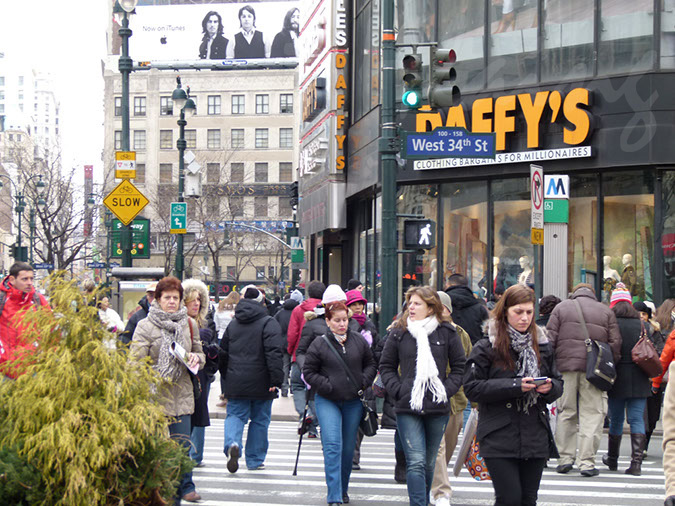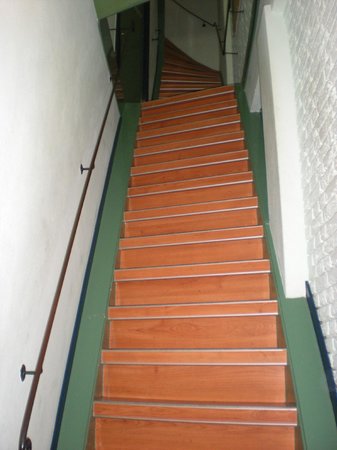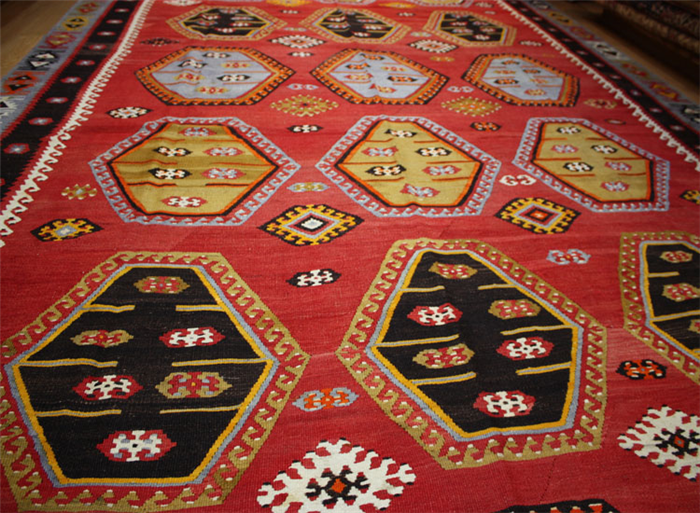Insights are the unsung heroes of great ideas: 5 ways to be more insightful

When we think of a great idea, we often think of its creator, the visionary genius behind the idea, be it Steve Jobs, Richard Branson, Elon Musk, Arianna Huffington to name a few. We then start contemplating the process of making new ideas happen, like the tools and techniques that were used to arrive at that idea. Makes sense since this is the sexy part of the creative process, right? We admire the visionary and we revere the act of creating something new. But, we’re missing a piece of puzzle. The creative problem-solving, or rather, the inspiration, often goes unsung but is as important as the idea itself. Behind virtually every great idea is an equally compelling insight, an insight that acts as a catalyst or inspiration for the idea. A great example of this is how Virgin Airlines has built its customer experience on the insight that the travel experience begins well before check-in. That’s why one of the best ways to unlocking creativity is getting skilled at finding insights, and like any muscle, the more you use it, the stronger it gets. While most of us put up barricades to our own creativity, all of us have the potential to be more insightful. So, what can we do to use those insights as inspiration for creativity? Here are some of The Green Room Collective’s top tips to becoming more insightful in our working lives.
Get out of the office –Stuck in our offices, we create the proverbial wall between us and the consumers of our products or services. Many large businesses are set up as campuses and designed so that you don’t even need to leave. The one I worked at had a dry cleaner, cafeteria, market and even a post office. This type of office environment can cause us to lose touch with the people we are trying to serve. Business is happening out there, not in the office. An animal behaviorist doesn’t go to the zoo, she or he goes into the field! If getting out is hard, schedule a meeting for yourself to do it or grab a colleague and get out. Not only will you likely come across some business insights, but the change of scenery could provide context and nuance to the reports on your desk.
Practice observation – Sometimes it’s not an answer that provides the insight but rather an observation. Before becoming one of the co-founders of The Green Room Collective, I worked on a project labeled “the future of packaging in Europe” for a beverage giant. The team met for a workshop in Amsterdam to gather data insights and generate new ideas. Kicking off the project, we all began forecasting what life might look like in 2030. As part of the process, small teams were arranged to have dinner in the homes of local families. If you have ever been to Amsterdam, you may have noticed that many of the iconic buildings are quite old. The family I visited lived in the city center in a building that was over 400 years old. On my way up four very narrow and steep flights of stairs, I paused half way to catch my breath. I could only imagine the difficult task of lugging groceries to the top – especially containers of beverages. Aha! That’s when I realized that we would need to address the age-old dilemma of weight in our future-forward problem-solving.
Challenge your perspective– When focused on the challenges of our business, it’s easy to think these problems are unique to our business. The truth is, whatever challenge you are facing, there is a good chance that someone else has encountered it, too. That’s why there is a lot we can learn from people working in other industries or sectors. We just have to be open to listening. I once interviewed a carpet salesman in Istanbul, Turkey. We were working on a project that involved building trust with parents. The first thing the carpet salesman did upon entering the room was to greet each person with a shake and a warm “hello.” He then proceeded to unroll a small but expensive $10,000 rug and started talking about the pattern on the rug, its origin and the story behind the symbols on the carpet. We then asked about the tag pinned to the carpet, which it turns out was the certificate of authenticity.
In that 15-minute encounter, we gained valuable insights about building trust; the importance of a personal introduction, of telling an engaging and meaningful story and of providing authenticity. Many of these insights are quite basic to any marketer but would have been overlooked if we hadn’t bothered to step out of our usual way of doing things. The carpet salesman was like a facilitator that helped us to look at our own challenge from a different perspective.
Play dumb – Imagine, for a minute, you were an alien from another planet and your human host asked you to go buy some toothpaste. What would you see once you got to the store’s toothpaste aisle?

How would you make your choice? Our assumptions and experiences can assist us in making educated decisions but also obstruct our ability to discover insights. Playing dumb can help us look at things we take for granted with fresh eyes. The same approach applies when talking to people. People, by nature, are helpful and love to talk about themselves. Once I approached a mother with young children in the supermarket. I simply asked what it was like to shop with her little ones, which led to a 10-minute impromptu conversation about shopping with children. For the mom, it was a chance to vent about the task itself. For me, it was a window into another person’s experience that, at the time, I wasn’t familiar with, but one from which I gained valuable
insights.

Create an “insights wall” – Our short-term memory gets filled up fast, so if you don’t get your thoughts down, they could get lost. Buy a journal to record your conversations, observations and experiences. Take lots of pictures of the people you visit and the places you go. If you have the space create a wall of insights or even a Pinterest wall. Take time to review and compare notes from previous sessions. Often, you will start to see patterns, and those patterns could lead to insights that become useful platforms for ideas. During our Green Room sessions, we get our participants to write down their insights on sticky notes and place them on the wall. This way everyone can see each other’s insights and it makes it easier to find patterns where different insights relate to one another.
These were five of our top tips for getting richer insights that can become catalysts for creative ideas. Share these insights with your network on your social channels, keep listening and exchanging ideas!


